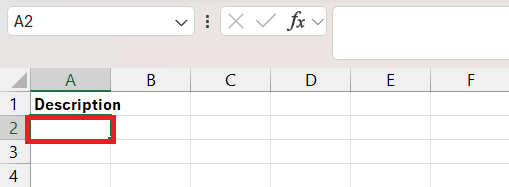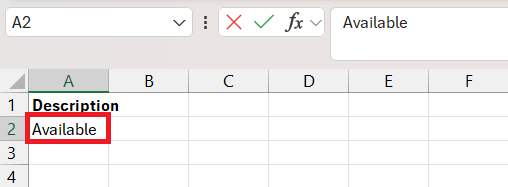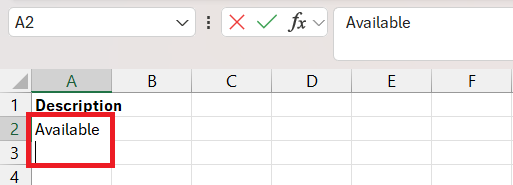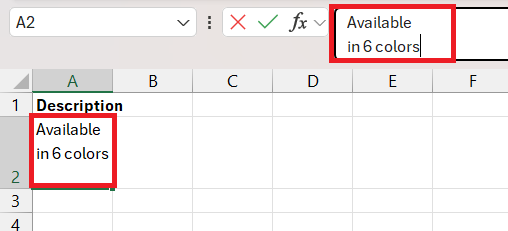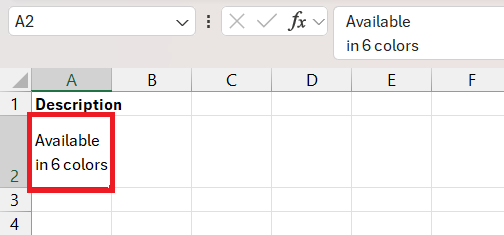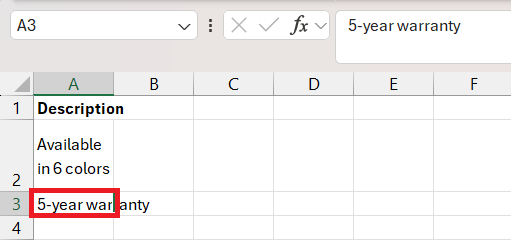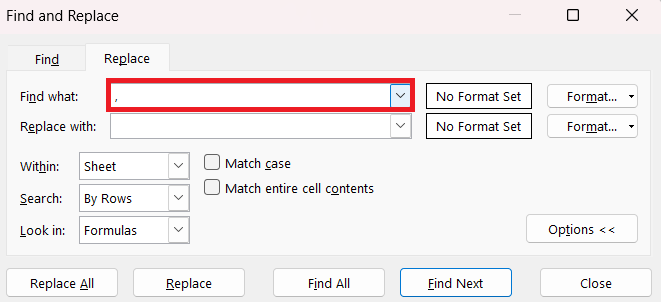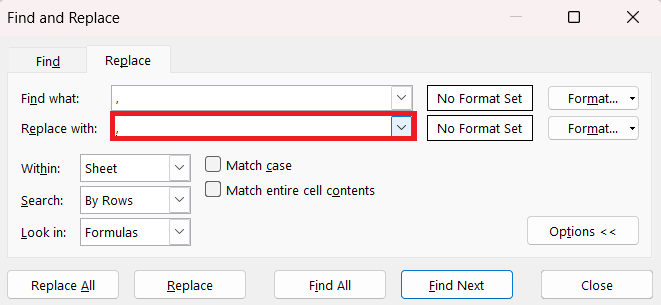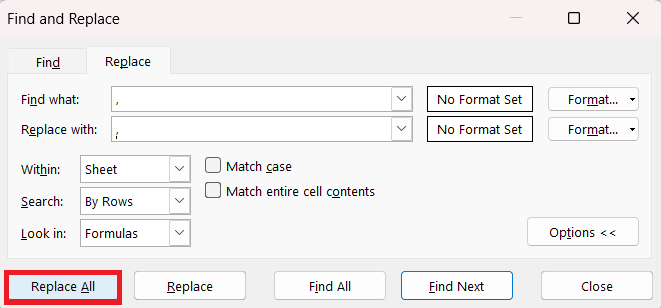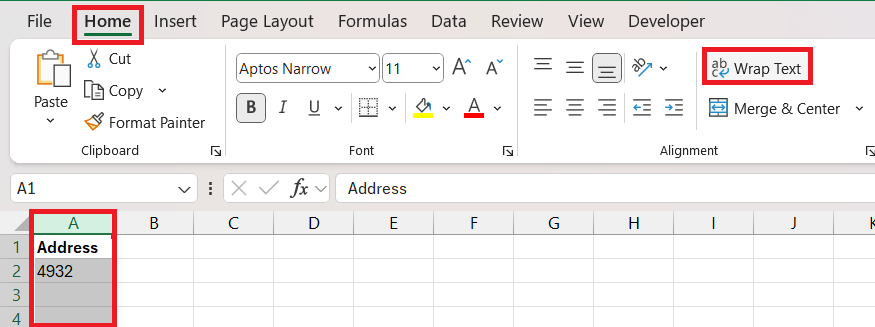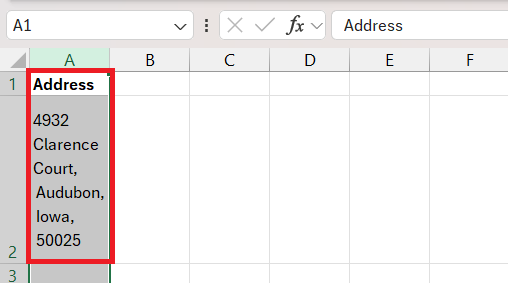One of the most useful tricks I’ve come across in Excel is how to skip a line within a cell. While Excel is primarily a tool for calculations, data analysis, and visualization, there are times when formatting becomes important for readability. Skipping a line inside a cell adds a professional touch and improves the presentation, especially when working with reports, comments, or any descriptive data that needs to be broken into multiple lines. In this article, I’ll walk you through how to skip a line effortlessly in any Excel cell, along with some pro tips to enhance your experience.
Key Takeaways:
- Use Alt + Enter to skip a line within a cell, allowing for better formatting and readability in your Excel content.
- After inserting line breaks, enable Wrap Text in the Home tab to ensure all text is visible within the cell boundaries.
- Use Find and Replace with Ctrl + J to insert line breaks after specific characters like commas, useful for organizing data such as addresses.
- Use CHAR(10) in formulas to insert line breaks automatically, especially helpful for combining text from multiple cells.
- Modify row height to improve visual clarity and layout, creating a more organized and readable spreadsheet.
Table of Contents
How to Skip a Line in Excel
The Magic of the Alt + Enter Shortcut
Most users think of Excel cells as places to store simple text or numbers. But what happens when you need to store detailed notes, descriptions, or formatted content in a single cell? By default, pressing “Enter” in Excel moves the cursor to the next cell, rather than creating a new line within the same cell.
Utilizing the Alt + Enter shortcut allows us to beautify the content within cells by skipping a line wherever necessary. This trick is the simplest way to insert a new line within an Excel cell, perform these steps:
STEP 1: Select a cell: Click on the cell where you want to enter the text.
STEP 2: Start typing: Begin by typing the first part of the text.
STEP 3: Insert a line break: When you want to start a new line within the same cell, press ALT + Enter on your keyboard.
STEP 4: Continue typing: After pressing ALT + Enter, Excel will create a new line within the cell. You can now continue typing on the new line.
STEP 5: Check the result.
Enabling Wrap Text for Better Readability
After using ALT + Enter to skip lines within a cell, you might notice that some of the text goes beyond the cell boundaries. By default, Excel doesn’t automatically wrap text, so the content may look cut off. To ensure that all the text fits neatly within the cell, you can enable text wrapping by these steps:
STEP 1: Select the cell(s): Highlight the cell(s) where you’ve inserted line breaks.
STEP 2: Enable text wrap: Go to the Home tab on the ribbon, and in the Alignment group, click on the Wrap Text button.
By enabling Wrap Text, long paragraphs of text are transformed into manageable blocks, making it easier to view and understand the data at a glance. It’s an essential step when preparing data for meetings or reports where clarity is crucial.
Customizing Spacing Within Cells
Adjusting Space with Line Break After Specific Characters
You might wonder if it’s possible to add line breaks dynamically using Excel formulas. The answer is yes!
For example, while dealing with a list of addresses or multi-part information, the goal is to insert a line break after each comma, so the address elements (street, city, state, zip code) appear on separate lines within each cell. The Step-by-Step Instructions:
STEP 1: I highlighted the cells where you want to insert line breaks. In this example, that would be column A.
STEP 2: Pressed CTRL + H to open the “Find and Replace” window and in the Find what field, type a comma “,” (this is the delimiter I was replacing).
STEP 3: In the Replace with field, type a comma “,” and after the comma press CTRL + J (it may appear as a small dot or blank space).
STEP 4: Clicked “Replace All,” and Excel inserted line breaks after every comma in the selected cells.
STEP 5: To make sure the new lines are visible, select the cells and go to the Home tab. Click Wrap Text in the Alignment group.
STEP 6: Check the result.
Each address now has its components (street, city, state, zip) on separate lines, making it easier to read and present within the same cell.
Advanced Techniques for Organized Data
Using Formulas to Insert Line Breaks Automatically
Harnessing the power of Excel formulas to insert line breaks can not only save time but also ensure consistency across datasets. I’ve often employed the CHAR function, specifically CHAR(10), to automatically insert a line break within a concatenated string.
Here’s how it works: by including & CHAR(10) & between the text elements in a formula, I force a line break at precise points. This is particularly useful when combining data from different cells into one cell with a structured format.
Always keep in mind that for these line breaks to be visible, Wrap Text must be enabled for the cells in question. This combination of formulas and cell formatting opens up possibilities for automatically structured data presentation without the need for manual adjustments.
Visual Guides: Making Use of Excel’s Row Height Feature
Excel’s Row Height feature comes to the rescue when I need to make visual distinctions in my data. By precisely adjusting the height of rows, I can create a more breathable layout, which is particularly effective for key sections or headers in the spreadsheet.
To do this, right-click on the row number for a more precise adjustment, select ‘Row Height’, and enter the desired measurement. Playing around with different row heights allows me to find the perfect balance between data density and readability.
This subtle adjustment tool is a neat trick in my arsenal for improving visual flow and drawing attention to specific areas without altering the data itself. It’s about making the spreadsheet serve both the data and its users, displaying information in the clearest possible way.
FAQ
How do I skip a line in an Excel cell?
To skip a line within an Excel cell, simply click into the cell where you want the new line to begin and press Alt + Enter. This creates a line break within the cell, allowing you to continue typing on the next line.
Can I insert multiple blank rows at once without disrupting my data?
Yes, you can insert multiple blank rows without disrupting your data. Select the number of rows you want to add, right-click, and choose “Insert”. Excel will add the same number of blank rows above your selection, keeping your data intact.
Is there a formula to create a new line within an Excel cell?
Indeed, use the CONCATENATE function or ‘&’ operator with CHAR(10) in your formula to create a new line within an Excel cell. Ensure Wrap Text is enabled for the cell to display the new line correctly.
What are some tips to remember when skipping lines in Excel for formatting purposes?
When skipping lines for formatting in Excel, always enable Wrap Text to display line breaks, use Alt + Enter for manual breaks, and consider the impact on data referencing to maintain integrity. Double-check compatibility if the file will be shared.
How do I skip one row in Excel?
To skip one row in Excel, select the row below where you want the space, right-click, and choose “Insert” from the context menu. Excel adds a blank row above your selection, effectively skipping a line.
John Michaloudis is a former accountant and finance analyst at General Electric, a Microsoft MVP since 2020, an Amazon #1 bestselling author of 4 Microsoft Excel books and teacher of Microsoft Excel & Office over at his flagship MyExcelOnline Academy Online Course.

